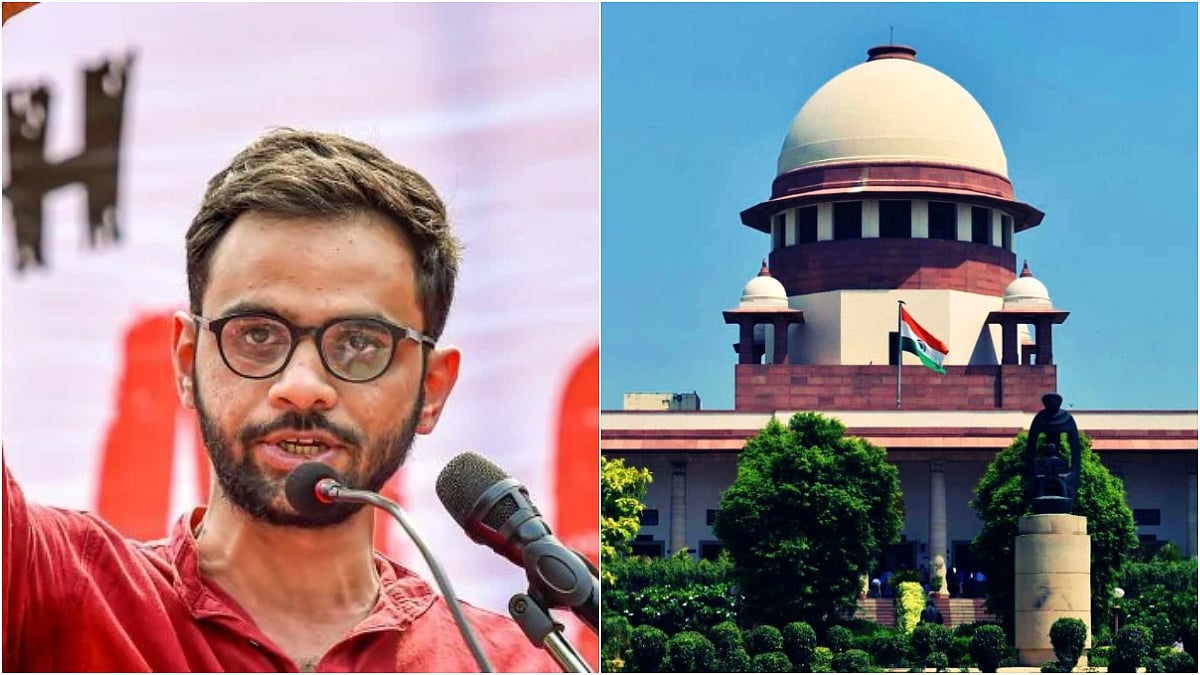In the past, the Mughal emperors' primary residence was the Red Fort, also known as Lal Qila, which is a noteworthy fort in Delhi, India. On May 12, 1639, Emperor Shah Jahan ordered the Red Fort's construction after deciding to move his capital from Agra to Delhi.
History Of Red Fort
During the Delhi Sultanate era (1206-1506), Delhi emerged as a prominent capital governing much of northern India. In the 16th century, Babur, the founder of the Mughal dynasty, termed Delhi the ‘capital of all Hindustan.’ Despite Akbar's (1542-1605) temporary relocation of the Mughal capital to Agra, Delhi retained its significance under Mughal rule.
In 1648, during Shah Jahan's reign (1592-1666), Delhi was reestablished as the Mughal capital with the founding of Shahjahanabad, now known as Old Delhi. The Mughal rulers maintained control over the Red Fort in Shahjahanabad until 1857. Even though their political power waned, their symbolic authority remained strong due to their connection to Delhi.
Historian Swapna Liddle noted in 2021 that although the Mughal territories shrank and their emperor's practical power diminished, the Mughal emperor's symbolic importance persisted. Various new powers, including the East India Company, ruled in his name and minted coins in his honor well into the 19th century.
The Rebellion of 1857 highlighted this symbolic power. Insurgents, after a mutiny, declared the aging Mughal Emperor Bahadur Shah Zafar (1775-1862) their ruler. Although Delhi was not a major focus for the East India Company at that time, it remained a significant symbol of native authority for the rebels.
British Control And Symbolism
After the 1857 rebellion, the British aimed to erase Mughal traces from Delhi. They destroyed parts of the city, including notable Mughal sites such as the Akbarabadi mosque and the Urdu Bazaar.
Though the British did not demolish the Red Fort entirely, they stripped it of its Mughal grandeur. They removed valuable artworks and relics from the imperial treasury and repurposed many of the fort's internal structures for British military use, with around 80 percent of the original interior being replaced. The Diwan-i-Aam, once a grand reception hall, was converted into a medical facility.
The fort’s current appearance reflects a blend of British influence and Mughal legacy.

Red Fort's Role In Independence
In the years before India’s independence, the Red Fort gained renewed significance. During Subhas Chandra Bose's leadership, the Indian National Army, consisting of Indian POWs and volunteers, advanced towards India from Burma in 1943, but ultimately failed. Bose died in a plane crash, and high-ranking INA officials faced treason trials from 1945 to 1946, which took place at the Red Fort. These trials turned the fort into a symbol of resistance and intensified nationalist sentiments.
Thus, Nehru’s choice to raise the Indian flag at the Red Fort in 1947 was a powerful gesture of reclaiming it from British colonial control. According to Swapna Liddle in 2021, the fort’s symbolic return to the Indian people was crucial post-independence, emphasizing its role in national celebrations and Independence Day observances.










